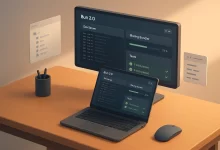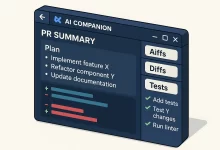Today, July 24, 2025, Intel announced it will slash approximately 15% of its workforce—nearly 20,000 employees worldwide—as part of a sweeping plan to tighten its belt and sharpen focus on its core chipmaking operations. CEO Lip Bu Tan, who took the helm earlier this year, described the cuts as a necessary pivot to restore profitability and regain technological leadership in a fiercely competitive semiconductor market.
Intel’s decision comes against a backdrop of production hiccups at its advanced fabs, where delays in ramping up 3nm and 2nm process nodes have ceding ground to rivals. At the company’s largest Oregon facility, test yields for its latest EUV-based wafers fell short of expectations, forcing teams to recalibrate equipment and push back key customer shipments. Those setbacks have weighed heavily on Intel’s margins and eroded confidence among major data-center and PC OEM partners.

In a memo to staff, Lip Bu Tan emphasized that Intel layoffs would not be about cutting corners but about redirecting resources toward higher-value projects. He outlined plans to consolidate lower-priority research efforts, freeze non-essential hiring, and accelerate automation in manufacturing lines. The company also plans to spin off its IoT and non-core logic divisions into separate entities, giving them greater agility and accountability.
For many employees, the announcement lands like a shock wave. One mid-level engineer I spoke with this morning expressed both relief that Intel is taking bold steps and concern for colleagues facing sudden job loss. Severance packages will include six months of base salary and continued health benefits, but the emotional toll of such a large-scale reduction is already palpable on internal chat channels.
Streamlining for Speed
Operationally, Intel will close or repurpose two smaller R&D sites and consolidate support functions—HR, finance, and legal—into regional hubs. The goal is to eliminate duplicated roles and reduce layers of management that Tan says have grown too bloated over years of rapid expansion. He’s also promising a renewed focus on execution: delivering next-generation process nodes on time and regaining the performance-per-watt leadership that once defined Intel’s dominance.
Market Reaction
Investors responded to the news by sending Intel shares up 4% in midday trading, viewing the layoffs as a signal that the company is serious about cost discipline after a string of guidance cuts. Analysts at several brokerage firms raised their price targets modestly, citing potential margin improvements in 2026 once the restructuring takes hold.
Looking Ahead
Despite the immediate turbulence, Intel’s path forward is clear: regain manufacturing excellence, streamline operations, and rebuild trust with customers and investors. The coming quarters will test whether a leaner Intel can keep pace with TSMC and Samsung, whose process roadmaps have advanced more smoothly. If Intel pulls it off, the Intel layoffs—harsh as they are—may prove to be the catalyst that reenergizes one of Silicon Valley’s oldest giants.

 FoxDoo Technology
FoxDoo Technology







